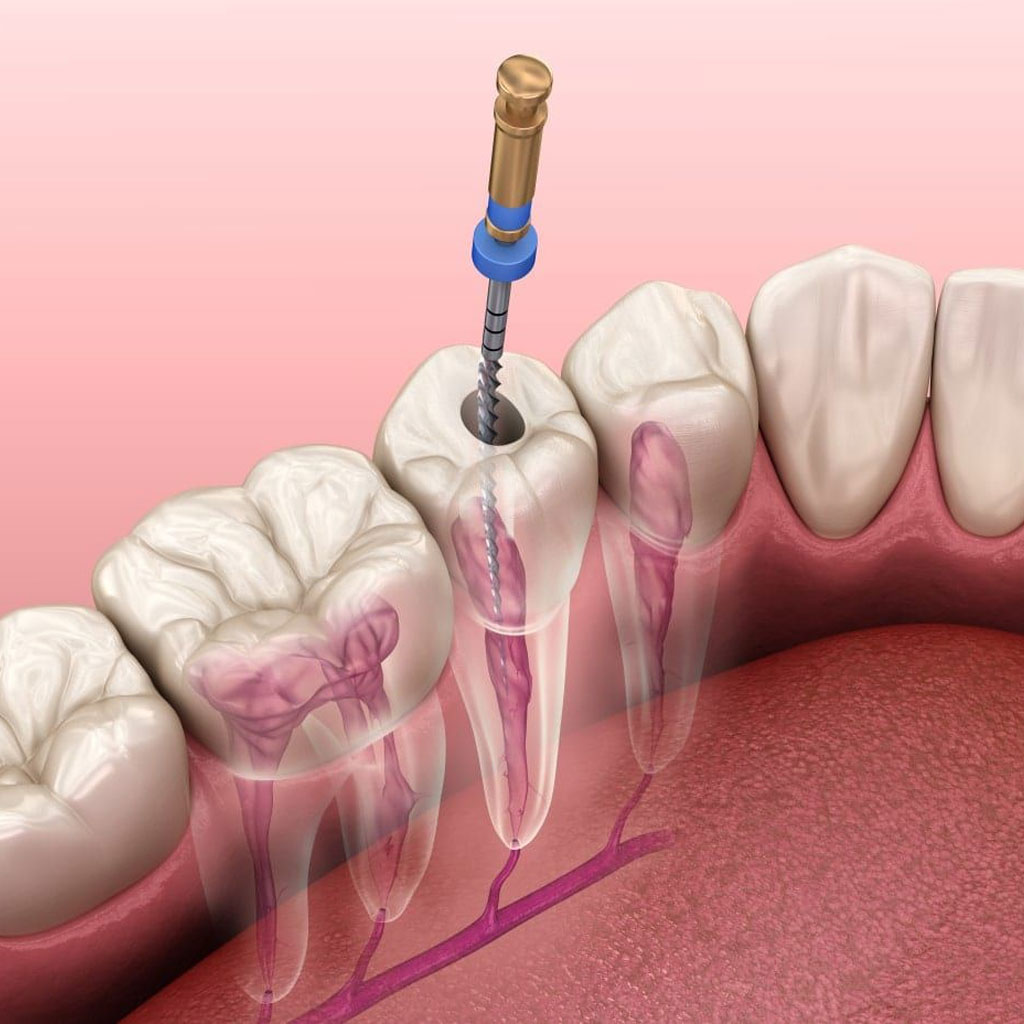Everything to Know Before You Visit Root Canal Dentist
Are you among those whose knees start to ache when thinking about availing of a root canal treatment? Well, you are not alone; many believe that the root canal is quite a painful treatment. And expensive as well. But very few are aware of the basics of the procedure, which leads to various misconceptions.
This post talks about details of root canal treatment. It will help you to know what to expect from the same before you search root canal specialist near me and reach out to a root canal specialist.
Root Canal at a Glance
Root canal therapy, offered by most dentists, is done to remove nerves from the pulp of the teeth. Most people think that the treatment is quite painful, but in actuality, it helps relieve pain. It’s also known as endodontic therapy.
The cost of the treatment varies from clinic to clinic; however, this treatment is quite cost-efficient if compared to treatments like crowning and more. Patients are advised to study a little more about the treatment before opting for it.
What Does Root Canal Refer to?
To understand the concept of the root canal, first, you need to know that it’s not a treatment; instead, it’s a part of repairing the tooth. This part contains blood vessels, nervous tissues, and other cells.
All of the teeth contain two different parts- root and crown. The crown is the portion above the gum, and the roots are the underlying sections. The roots are responsible to hold the teeth to the jawbone.
The pulp is the section that lies inside the roots and crowns. It helps in moisturizing and nourish the teeth.
So, the procedure that helps handle the issues with the pulps and dental nerves is called root canal therapy. The meaning of the term is ”inside the tooth”.
The Procedure in Detail
The process involves three consecutive steps, which are mentioned below.
- Clearing the Canal
The root canal dentist will put you under local anaesthesia and make a tiny hole in the tooth’s surface at the first step. Then the therapist will take out the dead or ill pulp tissues using fine files.
- Refilling the Canal
After clearing the canal, the dentist will focus on shaping, cleaning, and decontaminating the area. For executing the work, he/she may use irrigation solutions and small files. Once done, he/she will fill the teeth with a material similar to rubber. Then an adhesive sealing material will be used to close the canals.
- Placing a crown
After availing of the treatment, your tooth becomes even more fragile since it loses its nourishment because the pulps have been removed. For this reason, it’s more than vital to protect them with crowning, and your dentist will do the same.
So, this is how a root canal works. If you are in need of the same, come out of unnecessary fear and get in touch with Dr Dabas Dental Clinic with the best full-time root canal specialist (Endodontist) and world-class infrastructure with strict sterilization.


